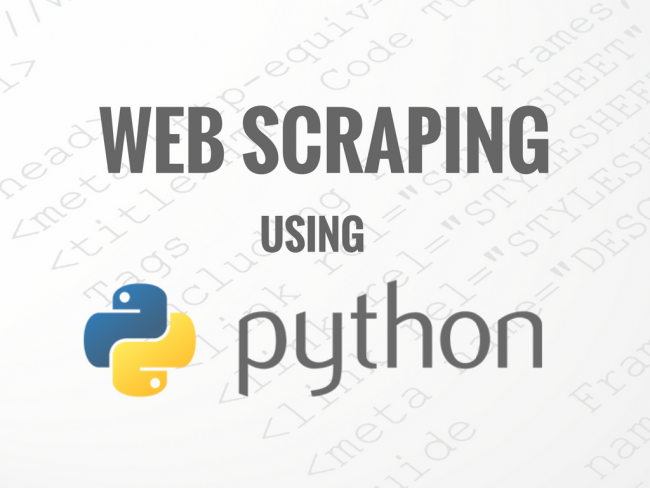


LXML: A tool used for processing XML and HTML in the Python language.Python Requests: The requests library allows users to send HTTP/1.1 requests without needing to attach query strings to URLs or form-encode POST data.Selenium: A suite of open-source automation tools that provides an API to write acceptance or functional tests.Scrapy: A high-speed, open-source web crawling and scraping framework.MechanicalSoup: Another Python library used to automate interactions on websites (like submitting forms).Beautiful Soup: A popular Python library used to extract data from HTML and XML files.These are some of the most popular tools and libraries used to scrape the web using Python. What tools and libraries are used to scrape the web? Data storage: The last stage of web scraping involves storing the transformed data in a JSON, XML, or CSV file.Data parsing and transformation: This next step involves transforming the collected dataset into a format that can be used for further analysis (like a spreadsheet or JSON file).Data collection: In this step, data is collected from webpages (typically with a web crawler).Search Engine Optimization (SEO) monitoring.

Fetching images and product descriptions.Here are some other real-world applications of web scraping: Web scraping is also great for building bots, automating complicated searches, and tracking the prices of goods and services. This data can be transferred to a spreadsheet or JSON file for easy data analysis, or it can be used to create an application programming interface (API). Web developers, digital marketers, data scientists, and journalists regularly use web scraping to collect publicly available data. Web scraping has a wide variety of applications. Step 4: Build your web scraper in Python.Step 3: Choose your tools and libraries.Step 2: Find the HTML content you want to scrape.Step 1: Select the URLs you want to scrape.Then, we’ll take a closer look at some of the more popular Python tools and libraries used for web scraping before moving on to a quick step-by-step tutorial for building your very own web scraper. We’ll introduce you to some basic principles and applications of web scraping. Python libraries like BeautifulSoup and packages like Selenium have made it incredibly easy to get started with your own web scraping project. You may be wondering why we chose Python for this tutorial, and the short answer is that Python is considered one of the best programming languages to use for web scraping. So, why not build a web scraper to do the detective work for you? Automated web scraping is a great way to collect relevant data across many webpages in a relatively short amount of time. Crawling through this massive web of information on your own would take a superhuman amount of effort. The internet is arguably the most abundant data source that you can access today.


 0 kommentar(er)
0 kommentar(er)
